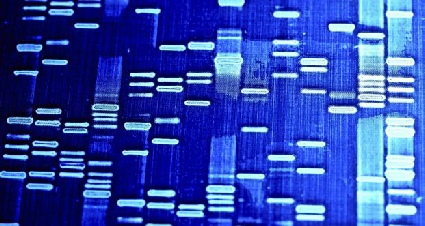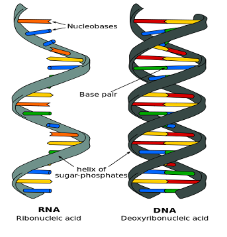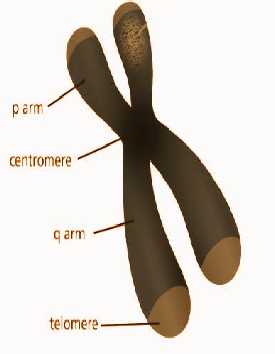









Don’t Not Ask about . . . . . . DNA -


Strands of DNA can be split by enzymes into fragments of different length. As DNA is negatively charged, DNA fragments suspended in a gel will migrate to a positive electrode when an electric current is applied. Shorter strands move more quickly than longer strands, so strands of interest can be separated. Different markers, like a flourescent dye, can help make the bands more visible. This process is called Electrophoresis.


Most humans have the same 99.9% of their DNA sequences. It's the 0.1% that allows different individuals to be identified. (Incidentally, humans and gorillas for example share 99% of their DNA. Even dogs share 84%. This information is consistent with, and helps support, the Theory of Evolution.)

DNA can be collected from anywhere in the body, like the cells on the inside of the cheek, or from scratched skin from under the fingernails. Sometimes, the amounts of DNA are extremely small, making analyis difficult or impossible. In 1983, Kary Mulls discovered a way of making any DNA sample larger by replicating specific portions of DNA almost indefinitely, thus revolutionising the whole field of DNA study (the polymerase chain reaction or PCR).


How is DNA evidence evaluated? This can be complicated.
Judges have been careful to point out to juries that there is a great difference between the probability that a person chosen at random has a matching DNA profile to the suspect, and the probability that a person with matching DNA committed the crime.
In a landmark case, detectives found DNA traces from the same woman at various crime scenes in Austria Germany and France, including murders and burglaries. Eventually they had serious doubts about the DNA evidence. They found that the DNA traces were already present on the cotton swabs used to collect the crime scene samples and the swabs had all been made at the same factory in Austria. The company's swab specification only claimed that the swabs were sterile, not that they were DNA free!


What's the difference between DNA and RNA?
DNA, the double helix, is a blueprint of the biological information of an organism and is more stable and carries more complex information for a longer time. RNA is a single helix, more fragile than DNA, and helps the DNA to replicate.

Do plants have DNA too?
Yes. In the centre of every plant and animal cell is a copy of the organism's genetic material. This DNA is tightly packed into thread-
What about bacteria and viruses?
Yes, they both have DNA (sometimes RNA in viruses) but, as there's no need to code for eye colour etc., their genetic material is very much more simple. Bacteria are alive but viruses are debatably not.
How to extract DNA from strawberries:

30 aug 2016